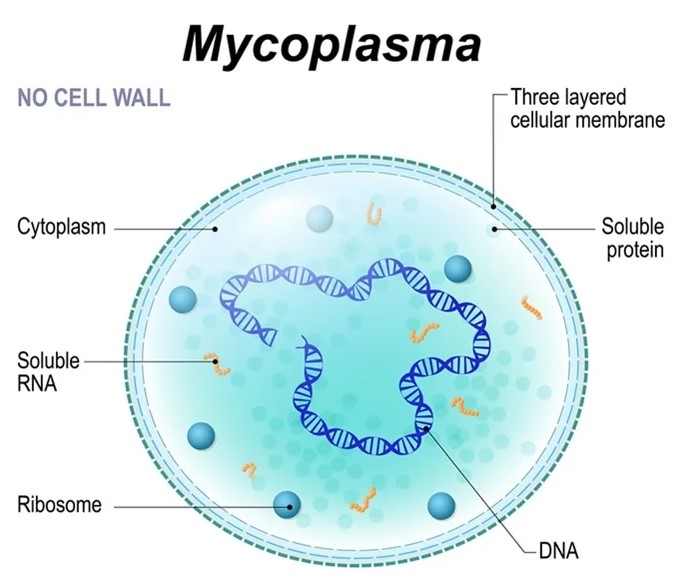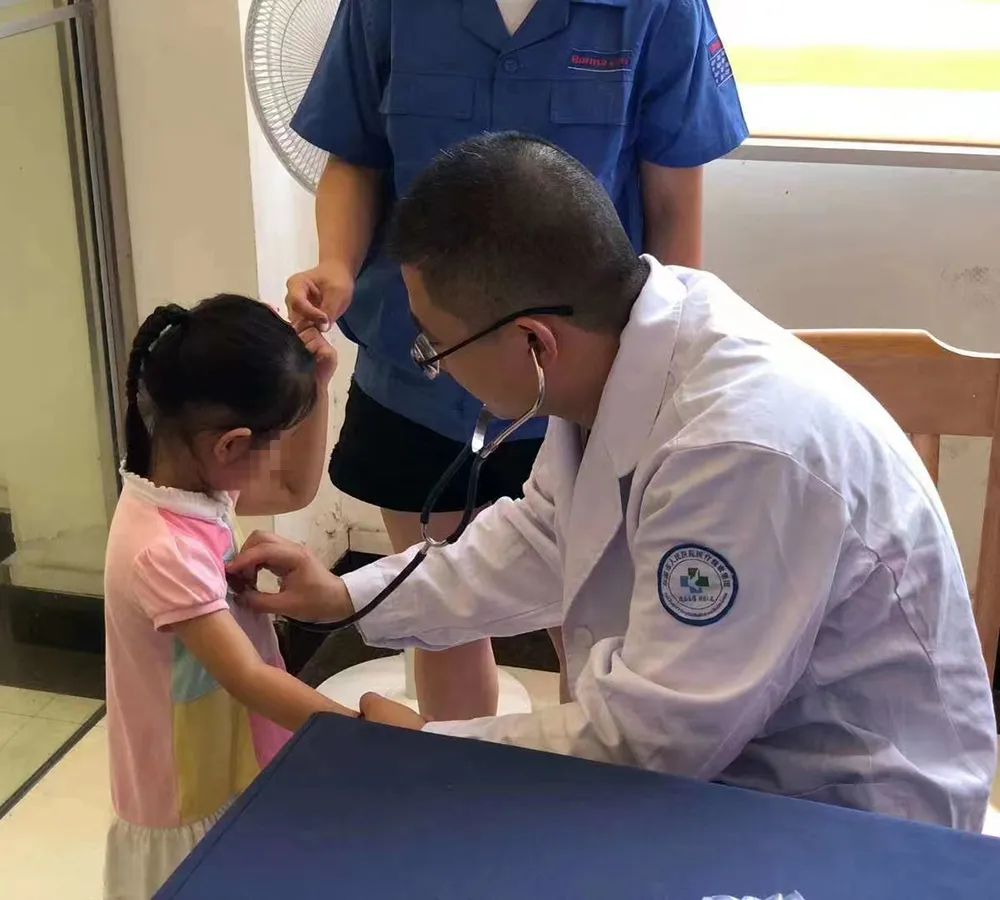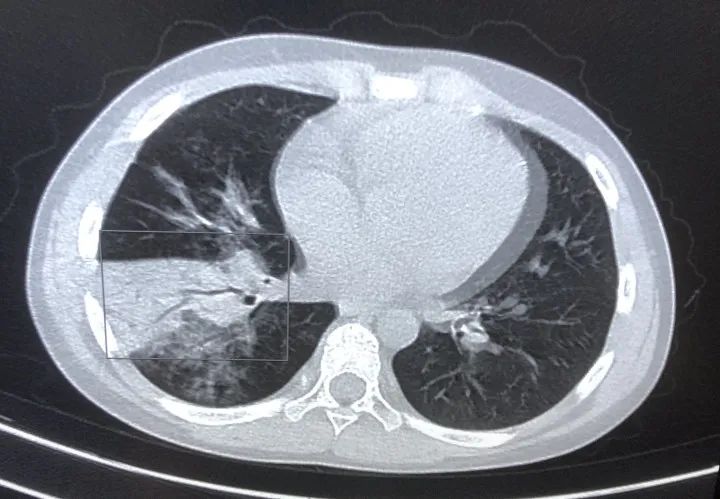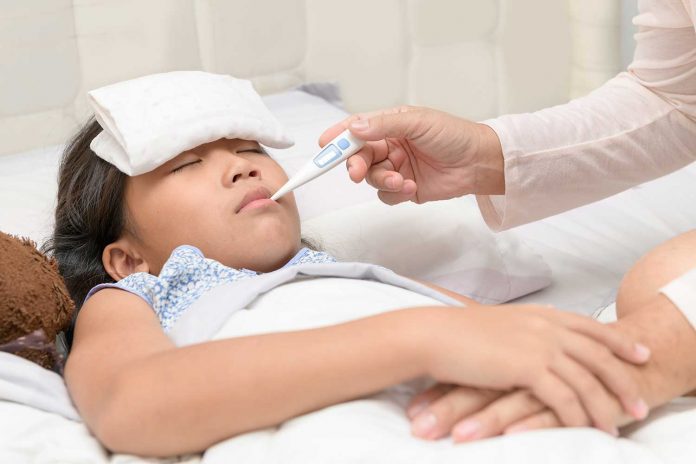Hangzhou, China, August 15, 2023 – In an unusual shift, Mycoplasma pneumonia infections, typically associated with autumn and winter, have made their presence felt earlier this year, causing concern among some healthcare professionals.
Over the past two months, medical practitioners at Cixi People’s Hospital in Ningbo, Zhejiang Province, have observed a marked uptick in the incidence of Mycoplasma pneumonia infections, particularly among older children seeking medical assistance. In July, there were more than 500 children with mycoplasma infection in the paediatric outpatient and emergency department in a single month. In the past two months, the paediatric ward has been operating at full capacity, and the beds are full every day.

With over 100 different species, the genus Mycoplasma is a unique bacterium that lacks a cell wall and causes a wide range of symptoms and infections. Experts in the field caution against relying solely on cephalosporin antibiotics (broad-spectrum antibiotics which are used for the treatment of septicaemia, pneumonia, meningitis, biliary-tract etc.), as they prove only moderately effective in treating this condition. Rapid medical intervention for severe cases is advised for optimal outcomes.

In a recent case, a 7-year-old girl named Orange contracted Mycoplasma pneumonia. The illness manifested with relentless fever, persistent cough, and no signs of improvement over a ten-day period. Her mother administered fever-reducing medication to no avail. Following an unsuccessful attempt at managing the symptoms at a community hospital, the girl’s coughing worsened, and a subsequent CT scan revealed inflammation in her right lung’s lower lobe.

Despite consistent saline drips at the community hospital, the girl’s cough intensified, accompanied by escalated phlegm production and an unrelenting fever. Eventually she was admitted to the Maternal and Child Health Hospital of Linping District in Hangzhou where a paediatrician diagnosed her condition as “bronchopneumonia.”
Orange’s condition escalated with high fever for over five days, culminating in a severe pneumonia diagnosis. Such cases can potentially result in compromised blood oxygen saturation, disturbances in acid-base equilibrium, mucus obstructions, neurological issues, gastrointestinal disturbances, among other complications that necessitate vigilant monitoring and prompt intervention.
Doctors conducted targeted auxiliary tests to identify respiratory pathogens. The results determined a Mycoplasma pneumonia infection as the cause and a tailored treatment commenced, leading to a gradual improvement in Orange’s condition. A follow-up chest X-ray showed a visible reduction in inflammation within her right lung’s lower region.
Mycoplasma pneumonia infection causes
Mycoplasma pneumoniae are bacteria that can cause illness by damaging the lining of the respiratory system (throat, lungs, windpipe). People can have the bacteria in their nose or throat at one time or another without being ill.
How Mycoplasma infection spreads
When someone infected with M. pneumoniae coughs or sneezes, they create small respiratory droplets that contain the bacteria. Other people can get infected if they breathe in those droplets.
Most people who spend a short amount of time with someone who is sick with M. pneumoniae do not get infected. However, the bacteria often spreads between people who live together since they spend a lot of time together.
Common outbreak settings for Mycoplasma infection
M. pneumoniae outbreaks occur mostly in crowded settings like schools, college residence halls, military training facilities, long-term care facilities, and hospitals. During school-based outbreaks, if people in the community get sick they are usually family members of ill school children.
Signs and Symptoms of Mycoplasma infection
In general, infections caused by Mycoplasma pneumoniae are mild. Symptoms depend on the type of infection. Children who get Mycoplasma pneumoniae infection usually have signs of a chest cold
The most common type of infection is tracheobronchitis (chest cold). Common symptoms of a chest cold include:
- Sore throat
- Feeling tired
- Fever
- Slowly worsening cough that can last for weeks or months
- Headache
Children younger than 5 years old who get Mycoplasma pneumoniae infection could have symptoms that are different from older children and adults. Instead, they may have the following cold-like symptoms:
- Sneezing
- Stuffy or runny nose
- Sore throat
- Watery eyes
- Wheezing
- Vomiting
- Diarrhea
Pneumonia (lung infection) can occur. Common symptoms of pneumonia include:
- Fever and chills
- Cough
- Feeling tired
- Shortness of breath
Once someone becomes infected with the bacteria, symptoms usually appear after 1 to 4 weeks.
People at Risk of Mycoplasma infection
Mycoplasma pneumoniae infections are most common in young adults and school-aged children, but can affect anyone. People living and working in crowded settings are at increased risk. These settings include:
- Schools
- College residence halls
- Military training facilities
- Long-term care facilities
- Hospitals
Other people at increased risk for serious infections include those:
- Recovering from a respiratory illness
- With a weakened immune system
Treatment and Complications
Treatment
Mycoplasma pnuemoniae infections are generally mild, but some people may need care in a hospital.
Most people will recover from an infection caused by Mycoplasma pneumoniae without antibiotics. However, if someone develops pneumonia (lung infection) caused by M. pneumoniae, doctors usually prescribe antibiotics. There are several types of antibiotics available to treat pneumonia caused by M. pneumoniae. Antibiotics can help patients recover from the infection faster if started early on.
M. pneumoniae may be resistant to some antibiotics used for treatment.
Complications
While M. pneumoniae usually cause mild infections, severe complications can occur that require care in a hospital. M. pneumoniae infections can cause or worsen the following complications:
- Serious pneumonia
- Asthma attacks or new asthma symptoms
- Encephalitis (swelling of the brain)
- Hemolytic anemia (too few red blood cells, which means fewer cells to deliver oxygen in the body)
- Renal dysfunction (kidney problems)
- Skin disorders like Stevens-Johnson syndrome, erythema multiforme, toxic epidermal necrolysis
Prevention
Good hygiene
Like many respiratory germs, Mycoplasma pneumoniae most commonly spread by coughing and sneezing. Some tips to prevent the spread of M. pneumoniae include:
Cover your mouth and nose with a tissue when you cough or sneeze.
Put your used tissue in a waste basket.
If you don’t have a tissue, cough or sneeze into your upper sleeve or elbow, not your hands.
Wash your hands often with soap and water for at least 20 seconds.
If soap and water are not available, use an alcohol-based hand rub.
Related article: Recognising Scrub Typhus Symptoms, Transmission Risks, and Treatment Options






